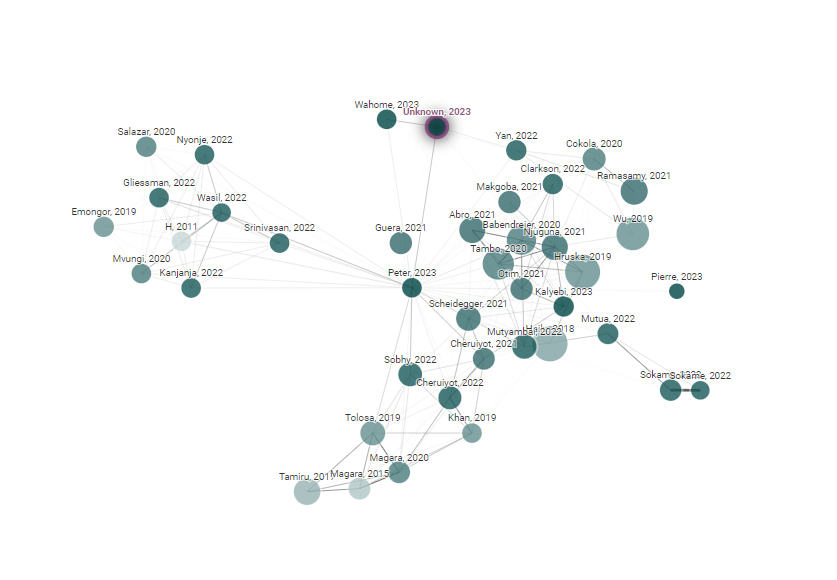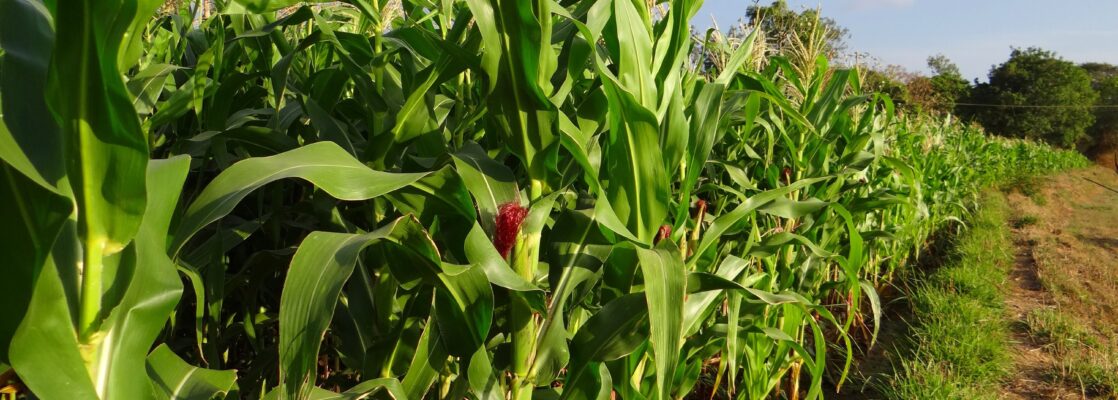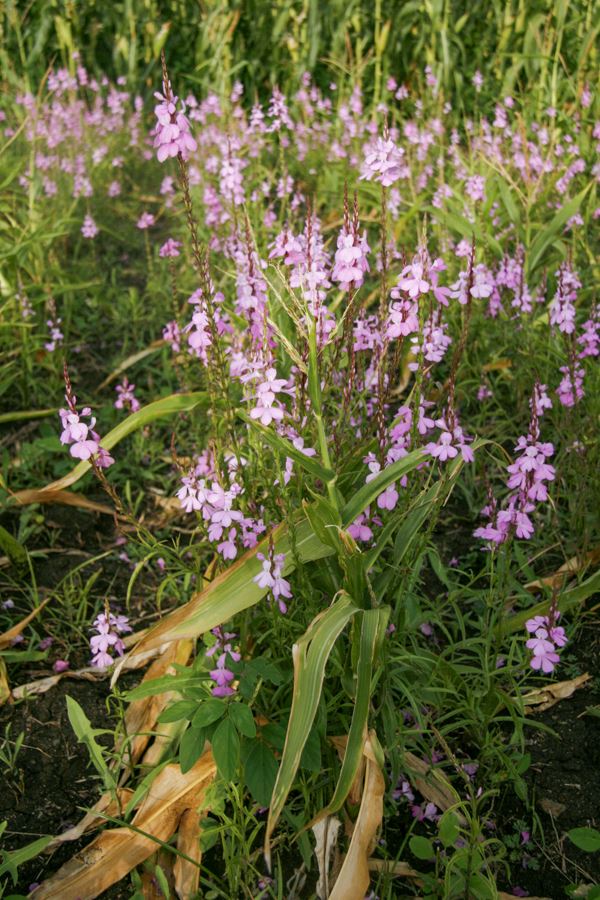We reviewed two systems of small-scale cereal production in the tropics, the Mesoamerican milpa and the East African Push-Pull Technology, and present the advantages likely to be obtained by combining these technologies into a milpa Push-Pull system. In addition to key benefits for pest control and food production, the proposed system has the potential to adapt to different conditions of altitude, rainfall, and soil nutrient levels. We compiled lists of plants with a documented potential to maximize synergies in such intensified mixed cereal systems according to socio-cultural context and local environmental conditions. We also reviewed available knowledge on planting timings, densities and main recommendations for the fight against the major cereal pests, witchweed (Striga spp.), fall armyworm and stemborers. Our objective is to highlight promising options small-scale farmers have to fulfil production needs, and personal and socio-cultural preferences while being sustainable, by leveraging the breadth of existing and future knowledge on effective plant associations for farming practice. We identified a number of native plants, with high nutritional value and ease of access, that can control pests and increase yields while diversifying farmers’ diets. Co-development and testing of the milpa push-pull and related concepts by farmers and scientists will bring further insight into the effectiveness and optimal design of crop mixtures on tropical farms.
Authors: Felipe Librán-Embid, Adewole Olagoke & Emily A. Martin
Contact address: Felipe.Libran-Embid@allzool.bio.uni-giessen.de
Institution: Justus Liebig University Giessen; www.uni-giessen.de
Twitter name of the institution: @jlugiessen
Twitter link: https://twitter.com/jlugiessen
Available downloads



